Lighters at the ready, because here comes the flood. Drawn from 16-track tape, 1/4in reels and lo-fi sound board cassettes that are now a half century old, the 27 CDs of 431 performances, 417 of them previously unreleased, of Dylan and The Band’s 1974 arena tour of the US, is a set that challenges the listeners’ staying power perhaps more than it celebrates an epochal tour.
Sure, the 1974 tour was an important milestone in the Dylan story, and a coda, of sorts, to the story of The Band and Dylan’s trajectory away from the turbulent zenith of 1966. They were like two stage sets colliding: draughty old theatres filled with boos changed into mid-Seventies sports arenas filled with around 19,000 people per night, lighters aloft, night after night, and sometimes in the afternoons too. Adoring audiences, catching up on the Sixties as its myths ran away from them, making them chase faster and harder, even as they were getting older, raising their lighters and cheering along.
The 1974 tour hasn’t had the best reputation. It’s been talked down by Dylan himself, and by some members of The Band, too, as being a kind of valedictory victory circuit too long after the event – the event being 1966, not 1974; a big, echoey aftermath. The setlists do vary, but not enormously, and the arrangements are fairly well set from the off, though they do speed up, to the point that, by the final LA concerts, from which much of Before the Flood was drawn, they were racing with the devil, with all the good tunes, and Dylan shouting over the top for them to go faster. Or that’s what it feels like.
The sheer volume of what’s on this complete set of all the surviving recordings is formidableFor a lot of fans, Before the Flood is a hard album to love. Harder than Budokan. That’s not to say they aren’t strong performances, but the sheer volume of what’s on this complete set of all the surviving recordings is formidable. Lending your ears to 34 versions of “Most Likely You Go Your Way And I’ll Go Mine”, a song that opened and closed numerous concerts, is a tall order that even the most devoted may need to stretch out across the years.
It’s quite something just reading through the track list, night by night, the names going on and on a bit like that list of ships in the Illiad – and a survival from an era now becoming as remote and as strange as Homer’s age of heroes. And was it an age of heroes, the rock n roll 1970s? Or do we have to look over its shoulder to the revolution of the Sixties? That depends on which way you’re facing, and which way you come at this set.
If you were there, holding your lighter aloft, atone of the 14 arenas that this set draws its music from, then great – it’s a music-driven time machine to take you right back there. If you’re looking at it from the vantage point of the 21st-century, at a time when an 82-year-old Dylan is playing a quixotic, mixed bag of a set list on Willie Nelson’s Outlaws tour, and still pushing at what is expected and deemed acceptable, then all this old stuff, reels and reels and reels of it, may be surplus to requirements. As the man said, Don’t Look Back, but everyone does. We can’t help it, especially at times when it looks as if there isn’t a lot to look forward to.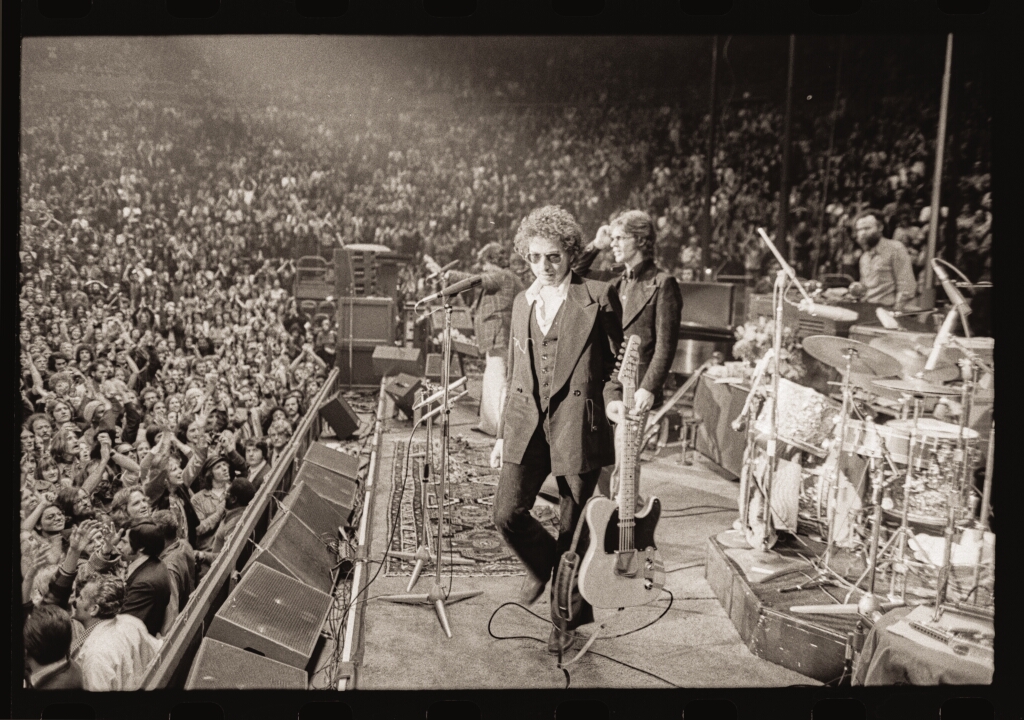 Across the set’s 431 tracks, there are 37 songs to choose from. A three-album set from Third Man Records, dubbed ‘The Missing Songs from Before the Flood’ offers listeners an intelligent cut-down. A similar-sized CD set from Sony would have been a preferable choice for many, compared to the whole shebang, cheap as it is (around £100 for the lot). But perhaps the best strategy is to pick and choose your concert sets to download for your listening pleasure.
Across the set’s 431 tracks, there are 37 songs to choose from. A three-album set from Third Man Records, dubbed ‘The Missing Songs from Before the Flood’ offers listeners an intelligent cut-down. A similar-sized CD set from Sony would have been a preferable choice for many, compared to the whole shebang, cheap as it is (around £100 for the lot). But perhaps the best strategy is to pick and choose your concert sets to download for your listening pleasure.
The earlier ones, up to the end of January 1974, are seen as the best – looser, more organic, less rushed, less strident. The Chicago and Philadelphia sets, especially, and the return to New York City and Madison Square Garden on 30 and 31 January. Here, the loose drive of the music powering “Tom Thumb’s Blues” is magnificent, and the crowd response to the line ‘I’m going back to New York City’ is enough to warm the heart. Compare it to the tour’s first stop in Chicago, where it’s more ragged, leaner, and roughshod – at times, The Band sounds out of tune and not unlike the spiky tension generated by early 1980s Fall – and it surely repays your attentions.
It’s these earlier shows, too, that include a remarkable number of firsts – the first performance of “All Along the Watchtower” for example, six songs in at the first Chicago show. “Forever Young”, five songs later. And from the-then newly released Planet Waves, “Tough Mama” and the wondrous, always compelling “Something There Is About You”. The unreleased (until the Bootleg Series Vol 1-3) “Nobody Cept You” was also a regular turn in the solo acoustic sets Dylan delivered nightly.
The Dylan voice is stuck between post Nashville Skyline croon with a Rolling Thunder shout struggling to get outThese band breaks included big hitters like “Gates of Eden”, “Tambourine Man”, “It’s Alright Ma” and “It Ain’t Me Babe”, and all of them cast their concentrated night-time spell. They and the Planet Waves cuts – including a very rare sighting of “Wedding Song” are lovely, but quite a lot of the big, big hitters from Blonde on Blonde and Highway 61 are bums-rushed and the Dylan voice is stuck between post Nashville Skyline croon with a Rolling Thunder shout struggling to get out. It gets tiring quite quickly. But pick and choose your way through these concerts from the depths of winter 1974 and you’ll find cuts that focus the heat and raise it above the bar set by Before the Flood.
So there’s a lot to get out of it, even if it feels like an overwhelm, with too much material to process or to really value, from a tour that is not loved and obsessed over in the way 1976 Rolling Thunder or 1978 post-Budokan is. The singer here is not a patch on the raging frontman-shaman of Hard Rain, recorded two years later – a full set of those concerts would seriously set the cat among the pigeons. You do wonder, though, how much road is left in the Bootleg series. Enough, one hopes, for the 1978 Rundown rehearsals, for Blackbush and Earls Court, and an expanded Hard Rain, too. With that, I’d happily pull up onto the hard shoulder and let the rest of the world go by. For 1974, though, you best bet is to carefully pick n mix and, as per usual, play it loud.

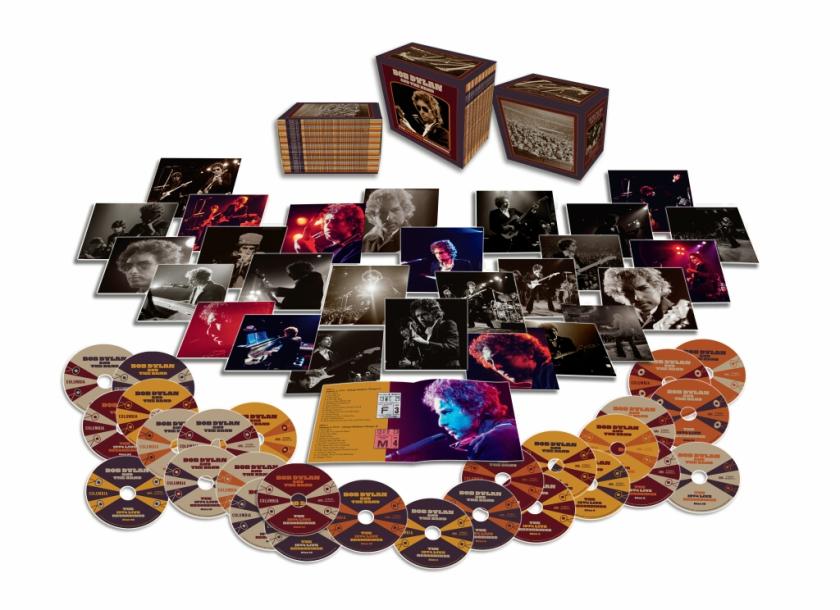



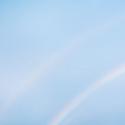
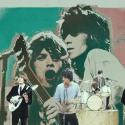
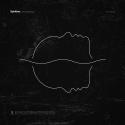

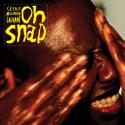

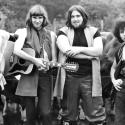

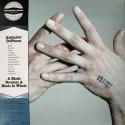
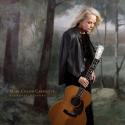
Add comment